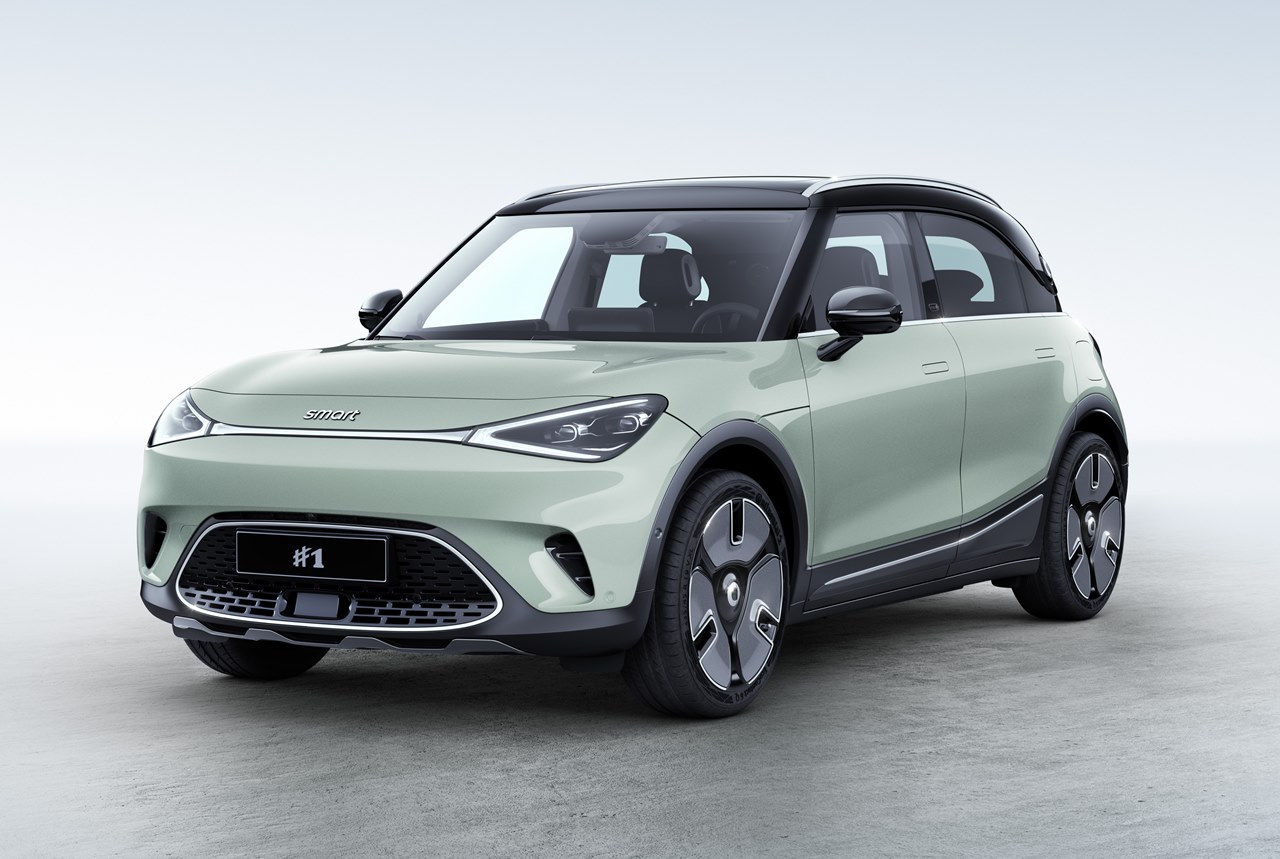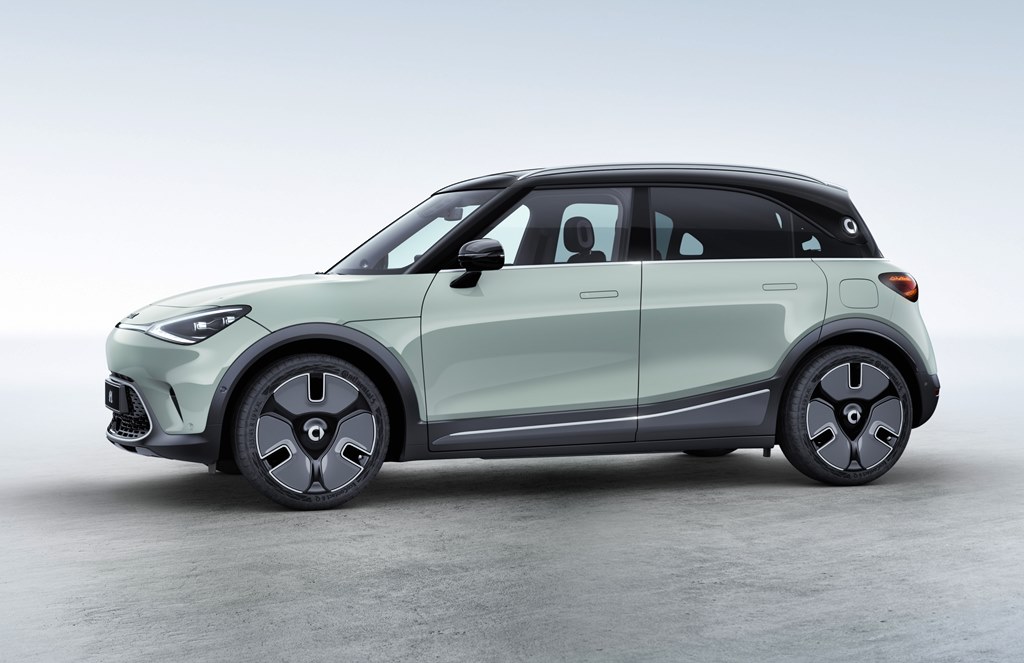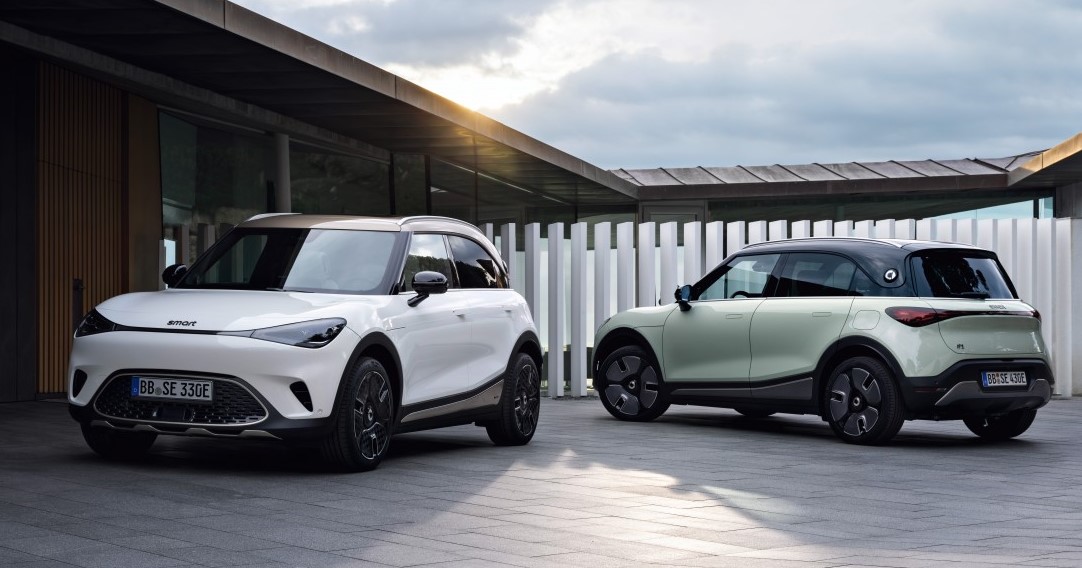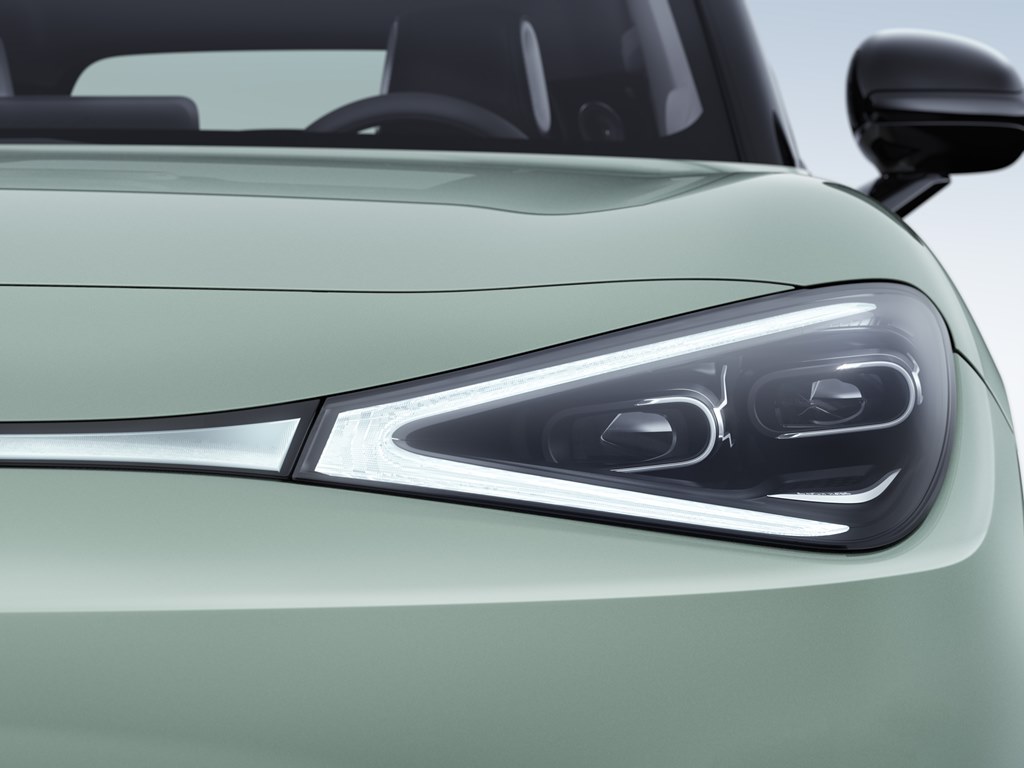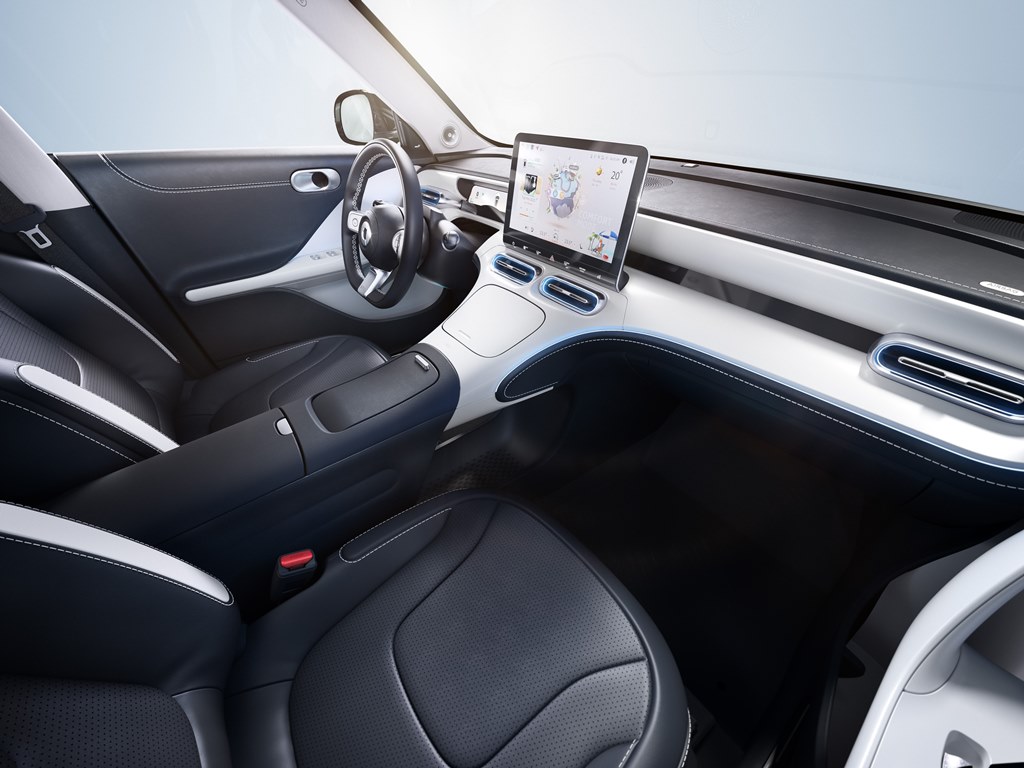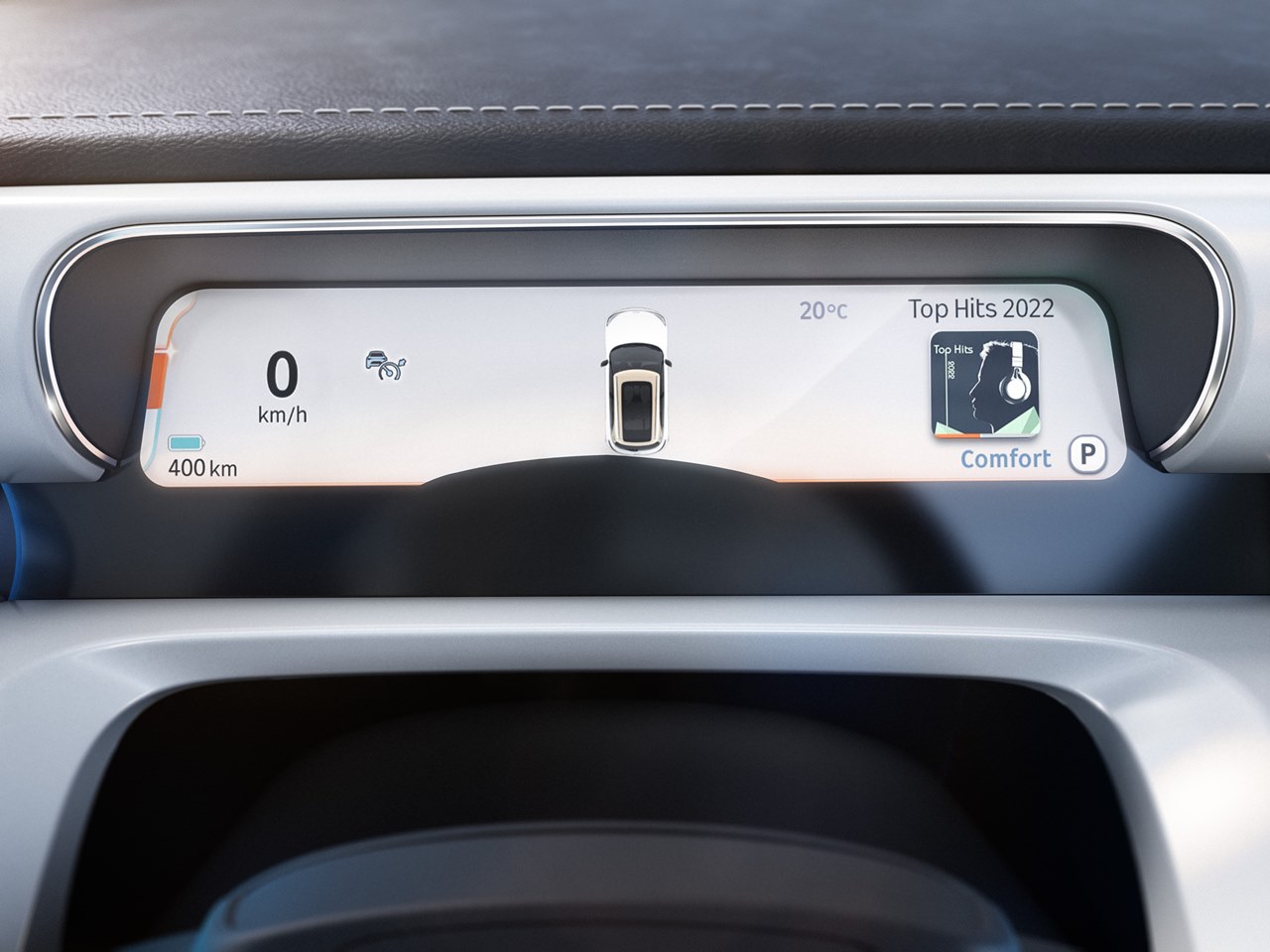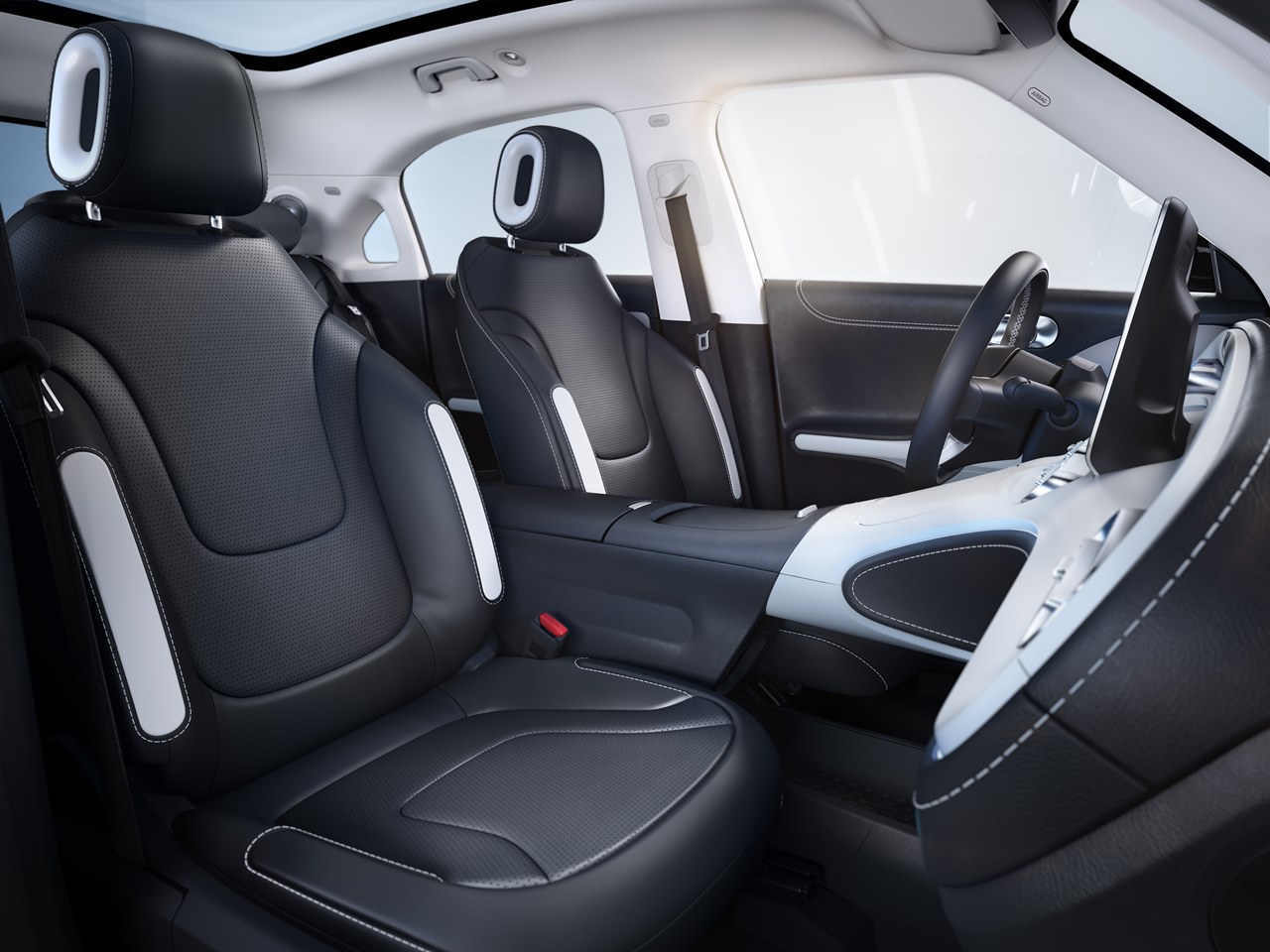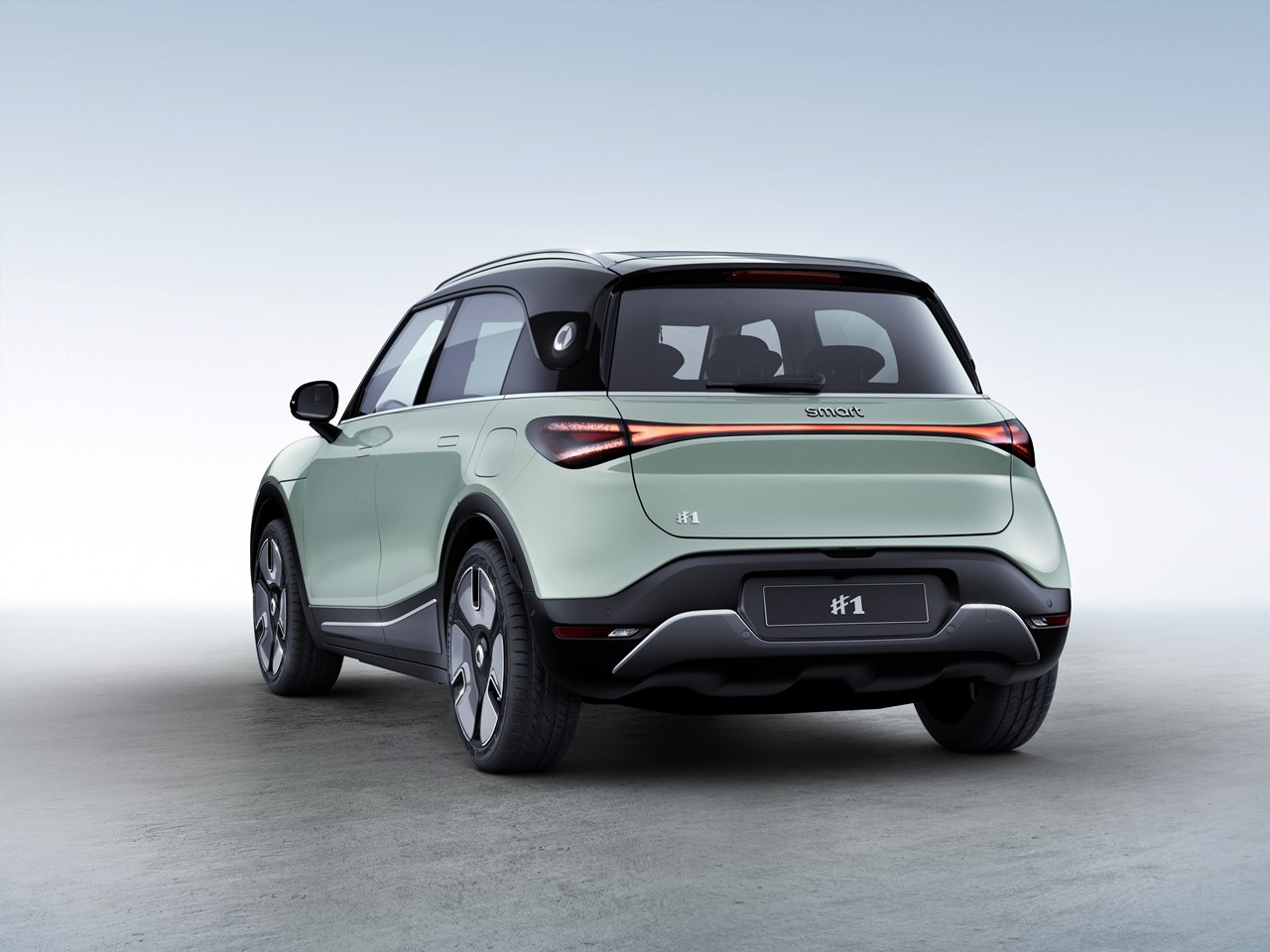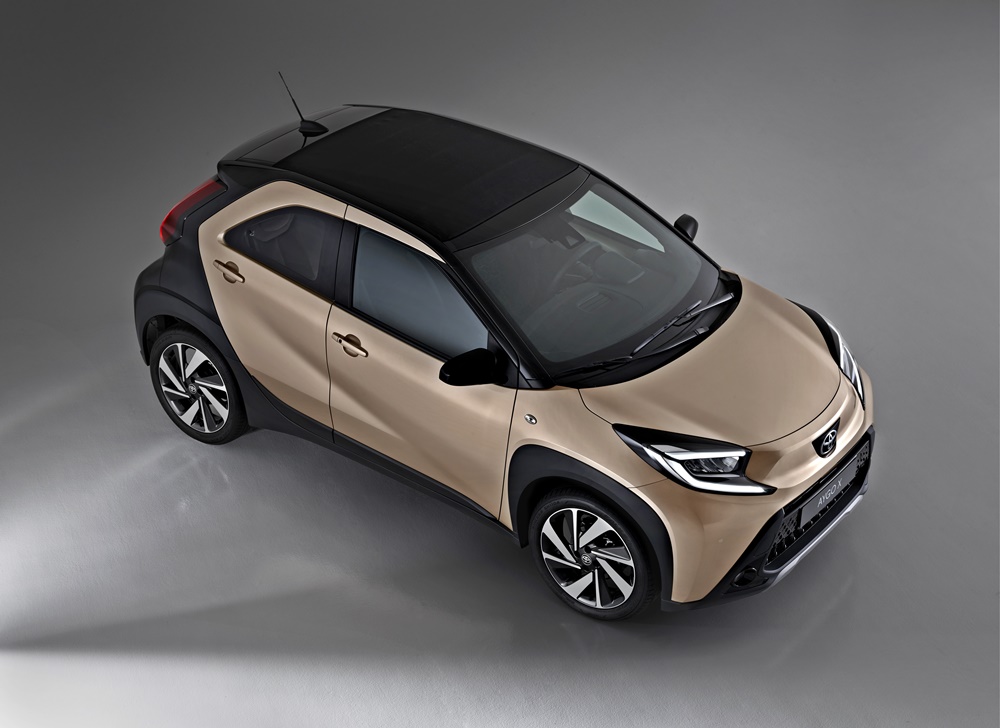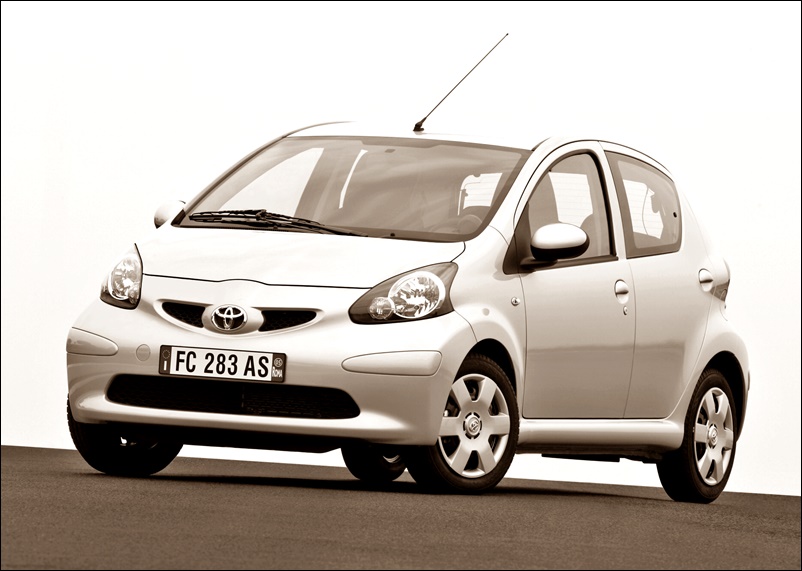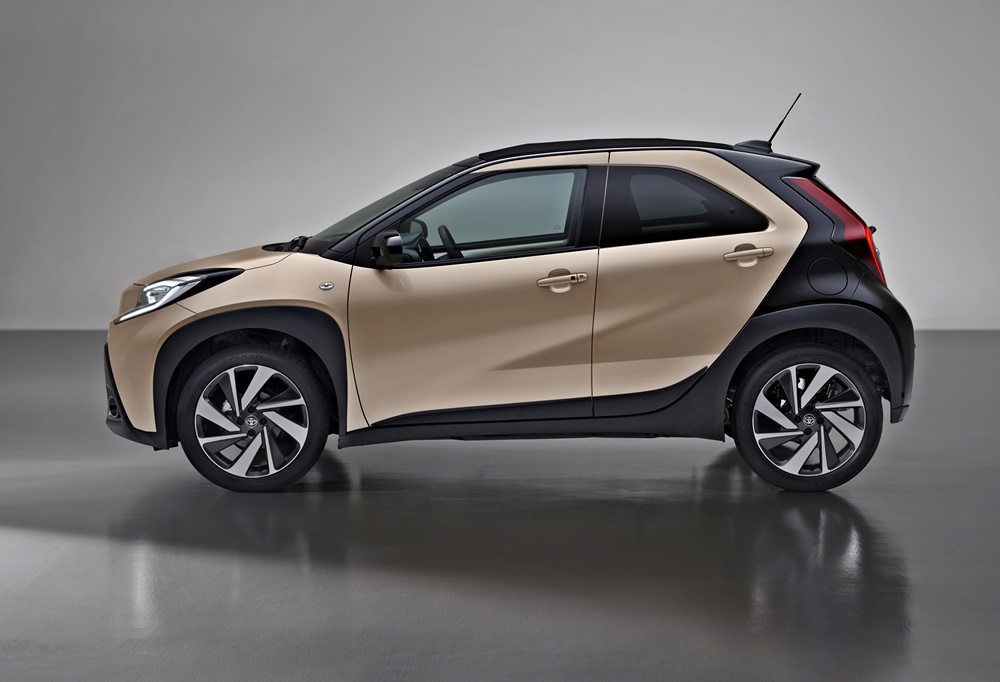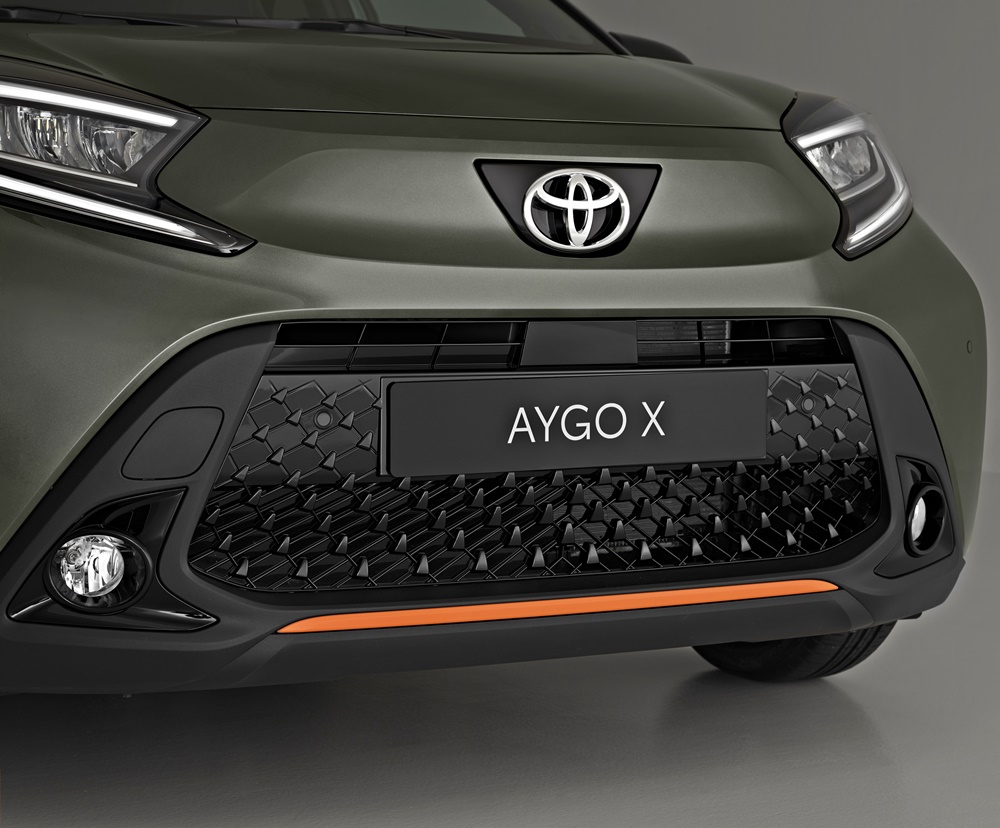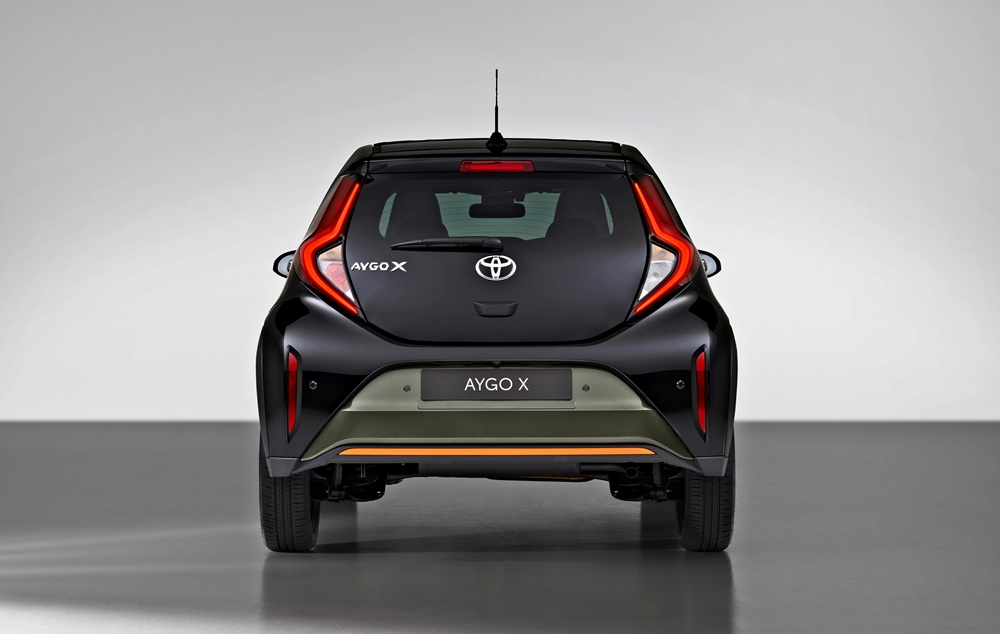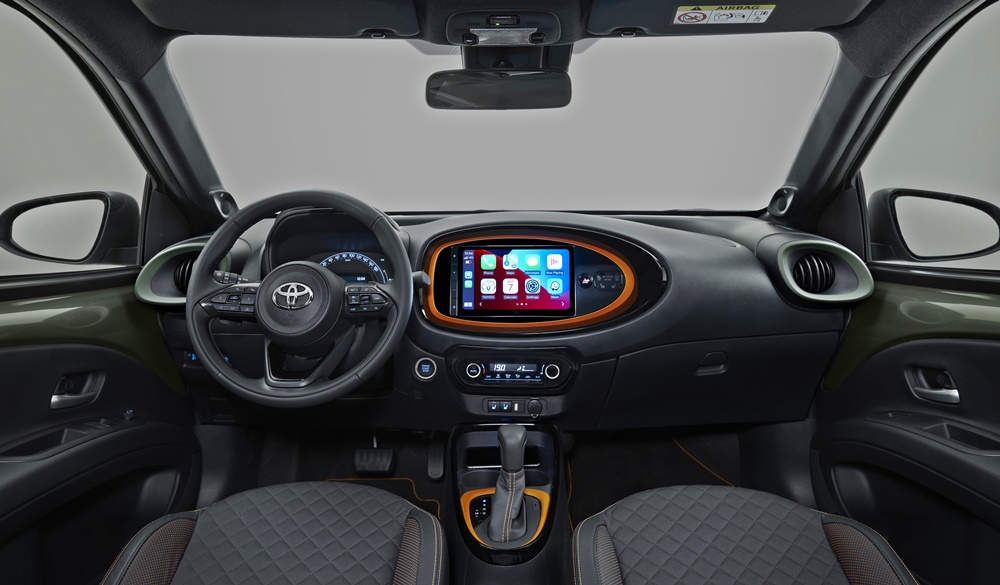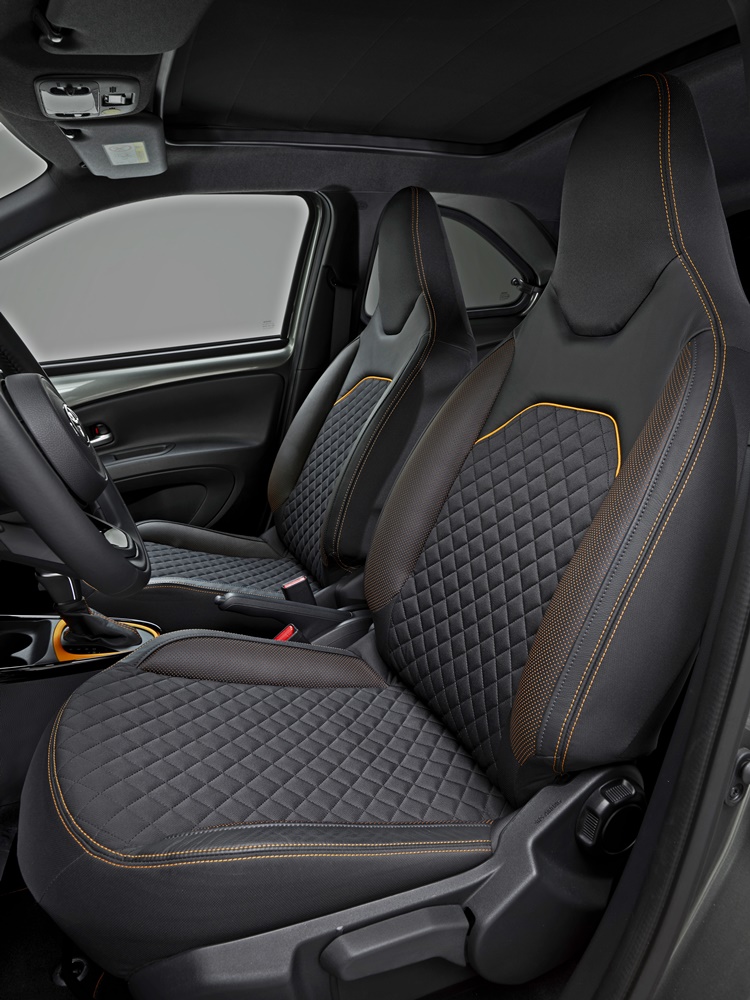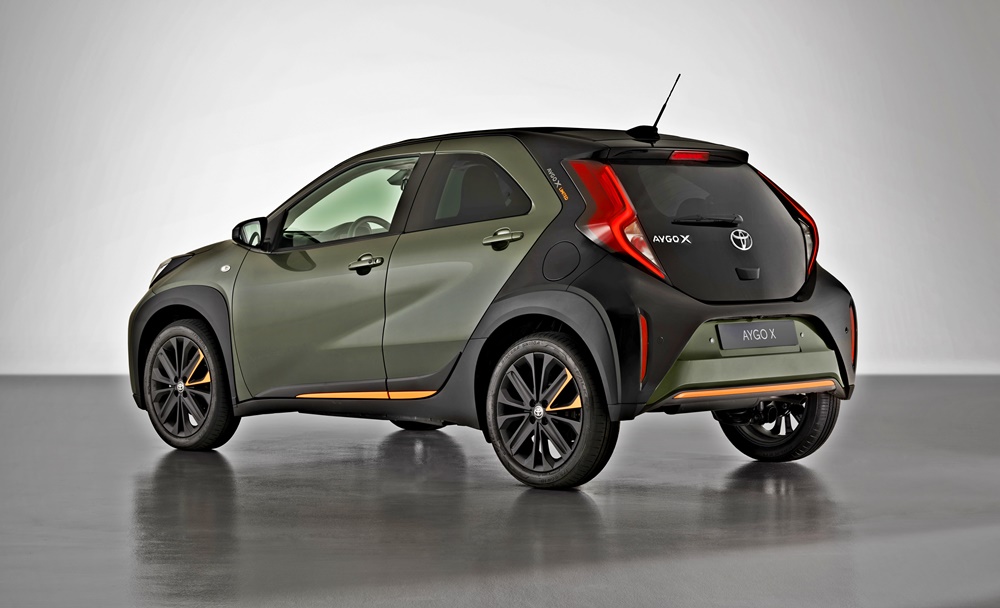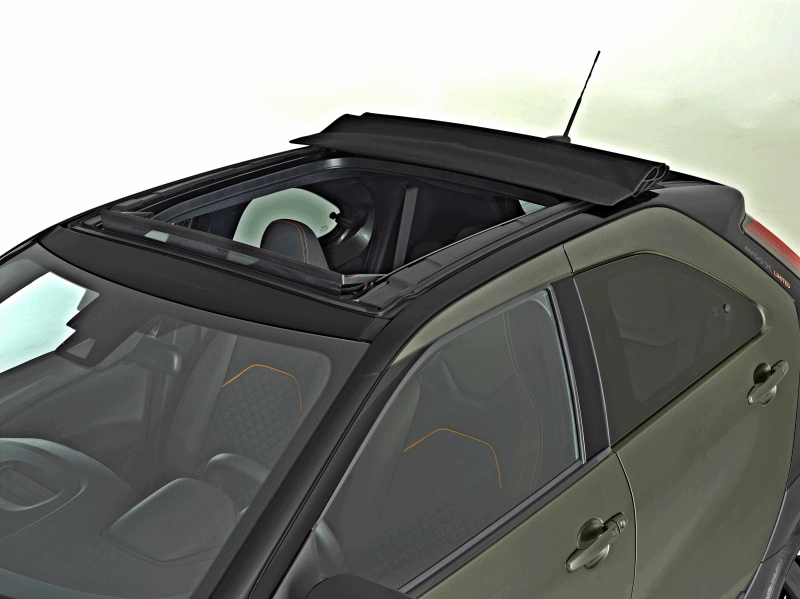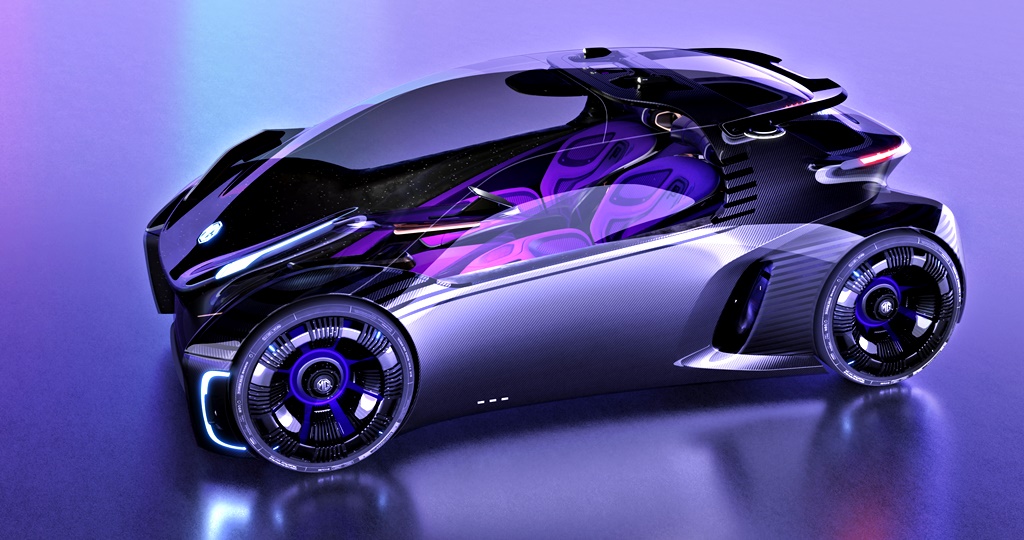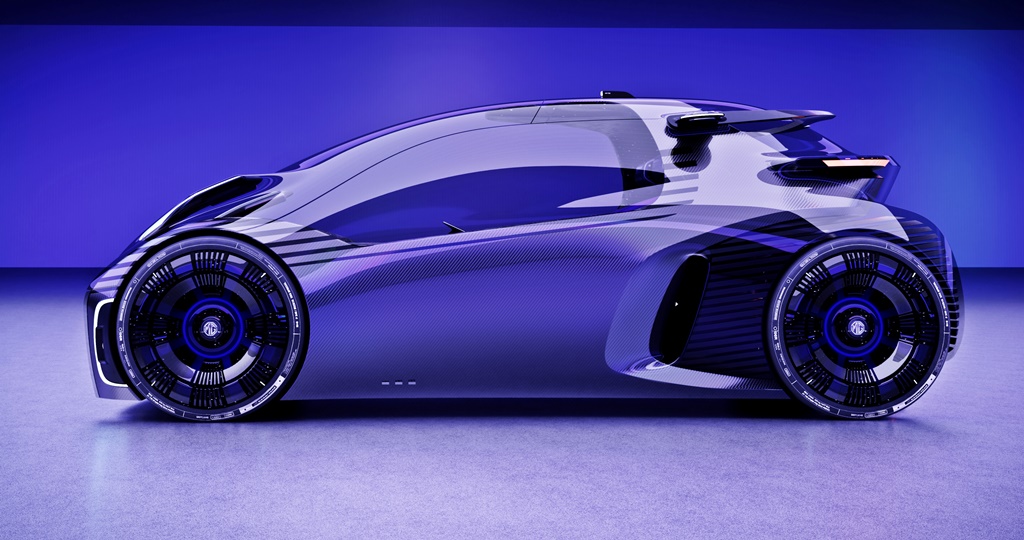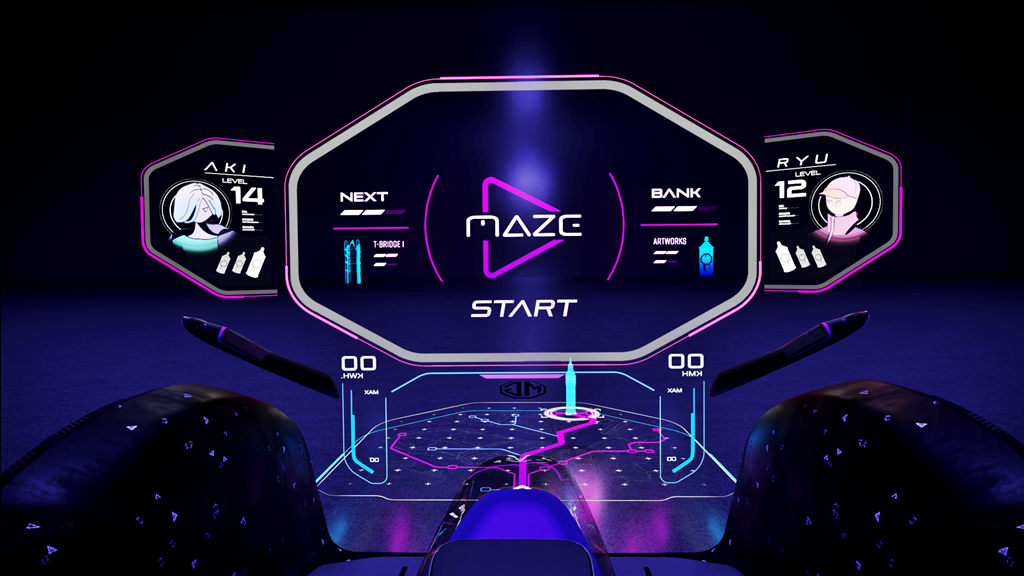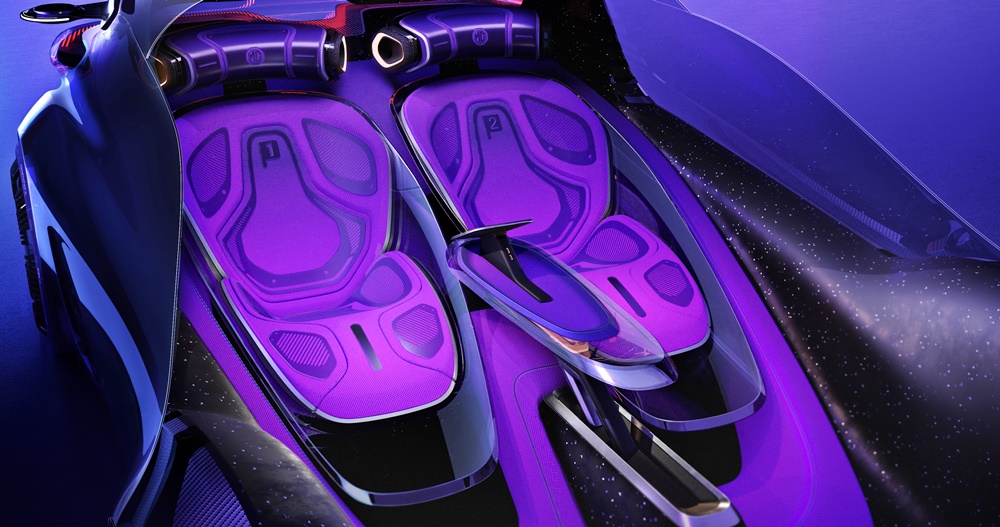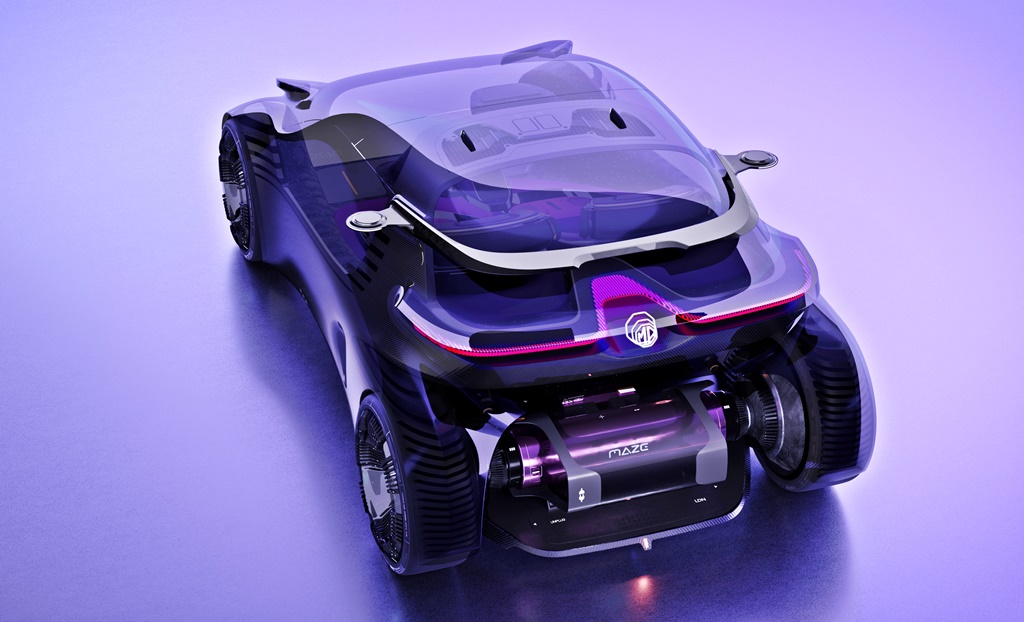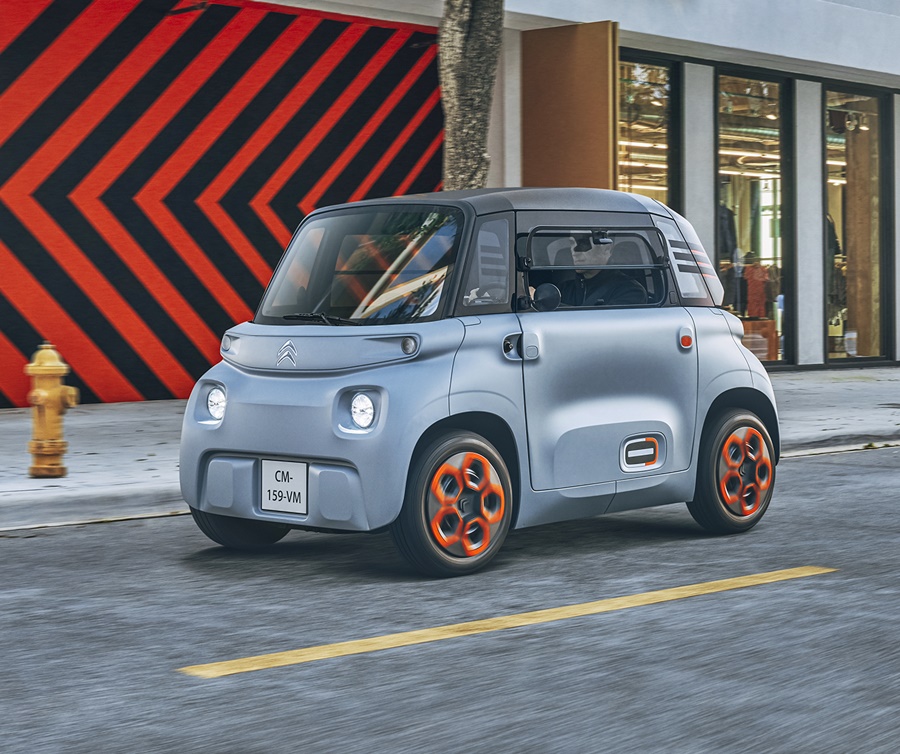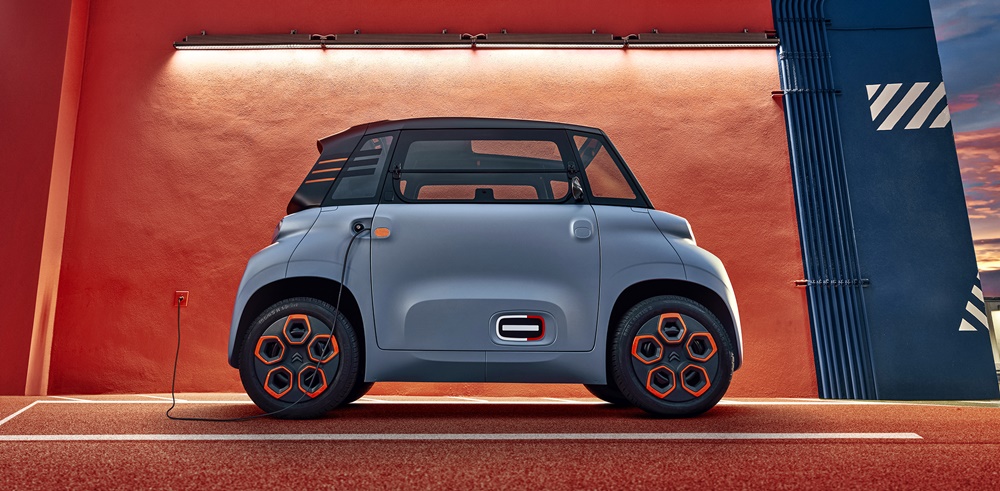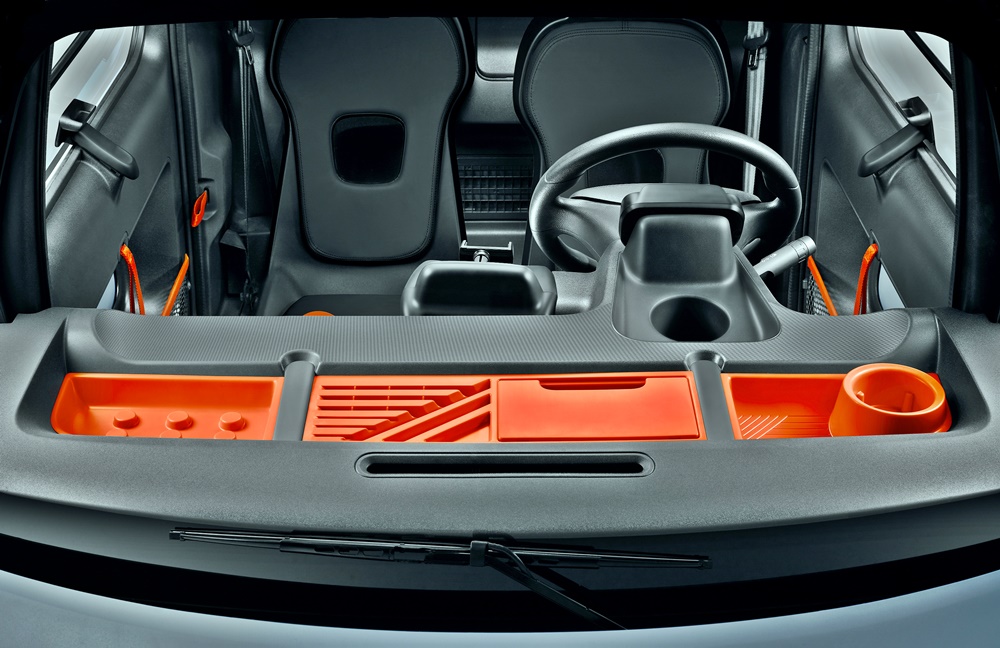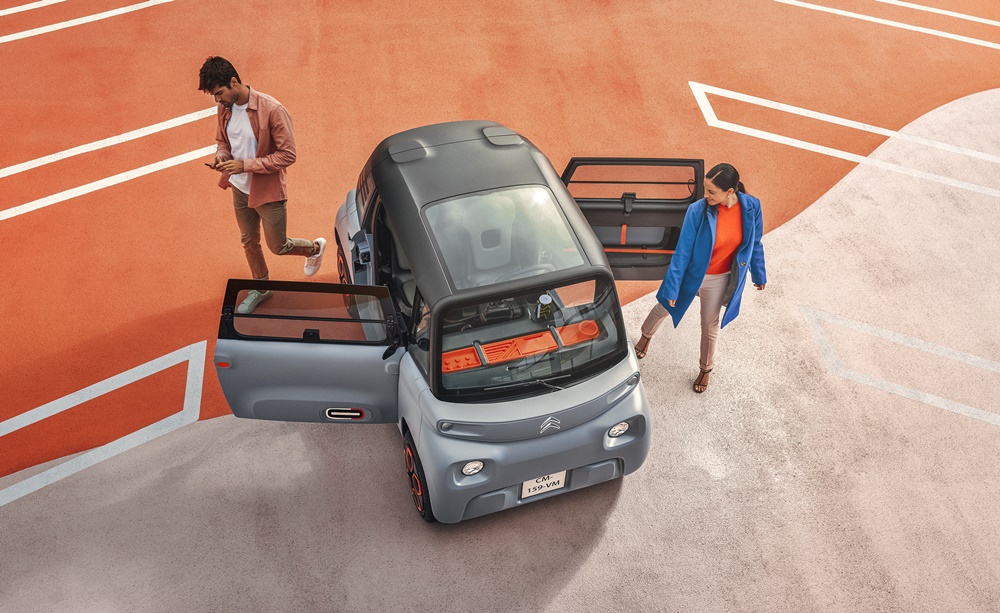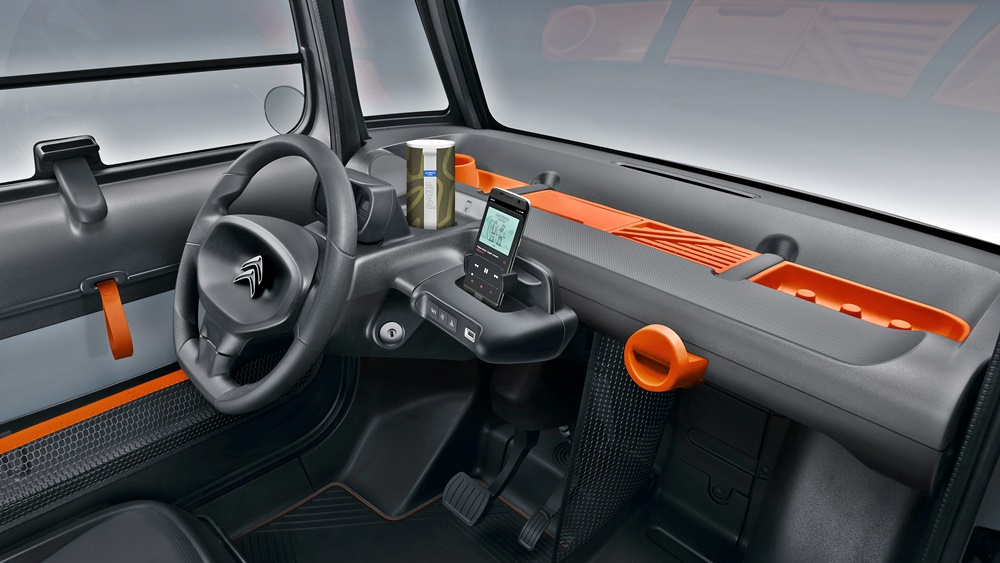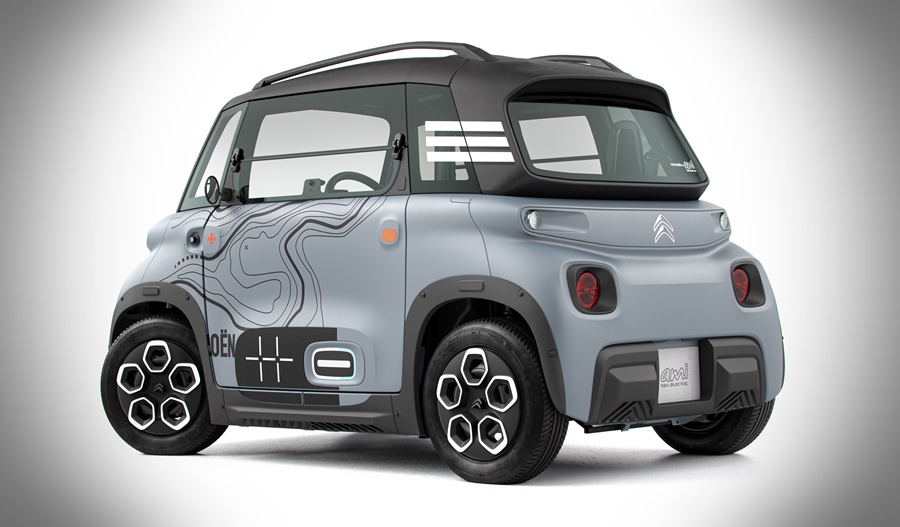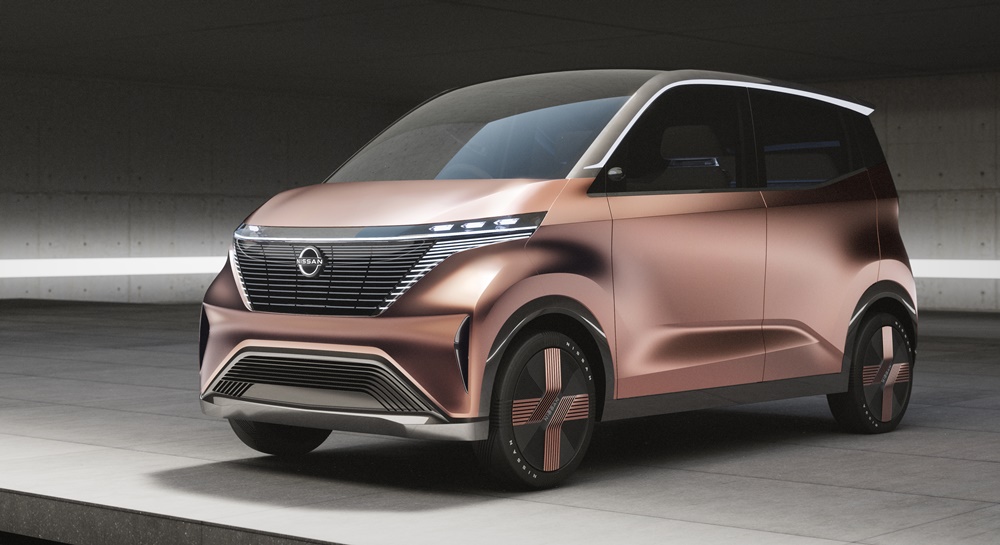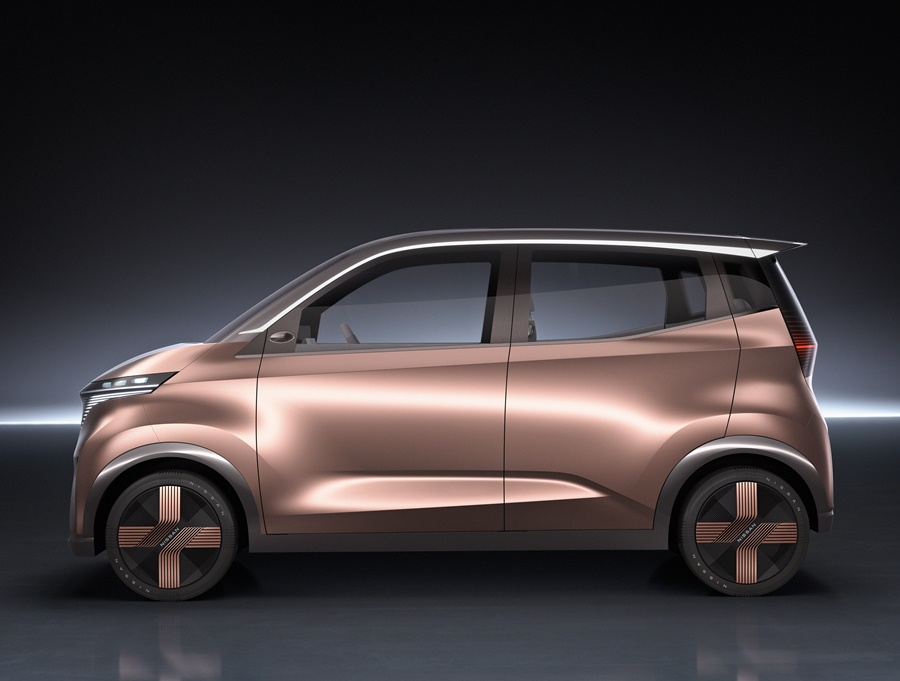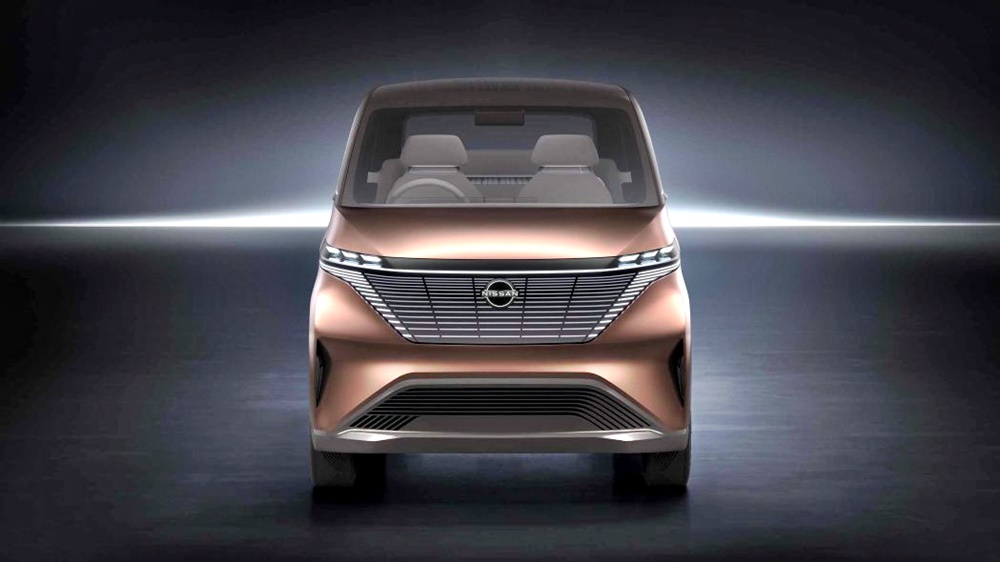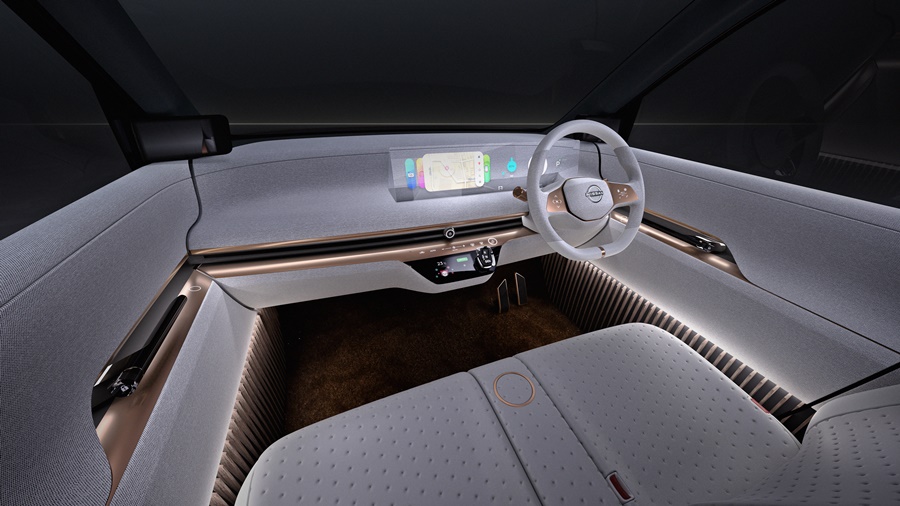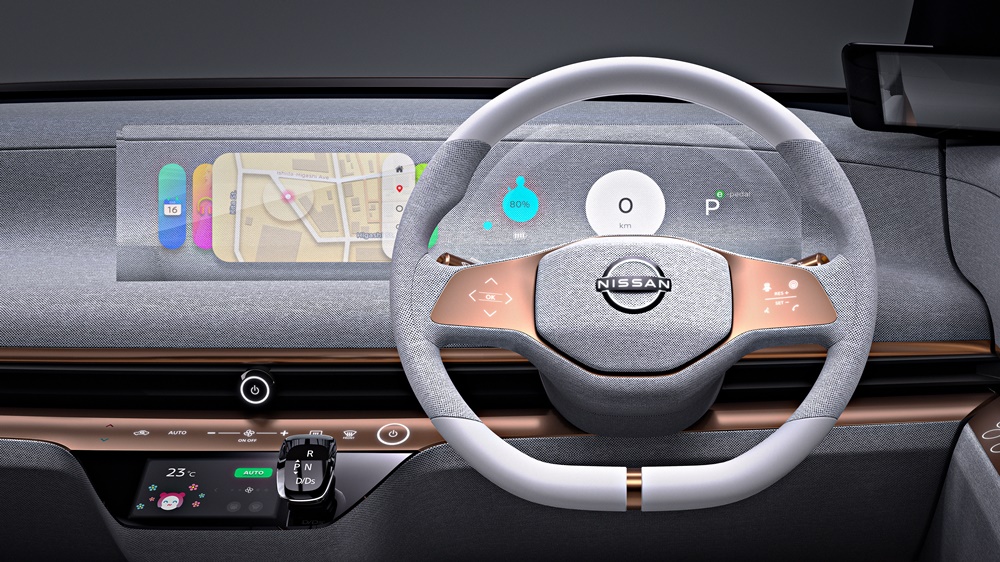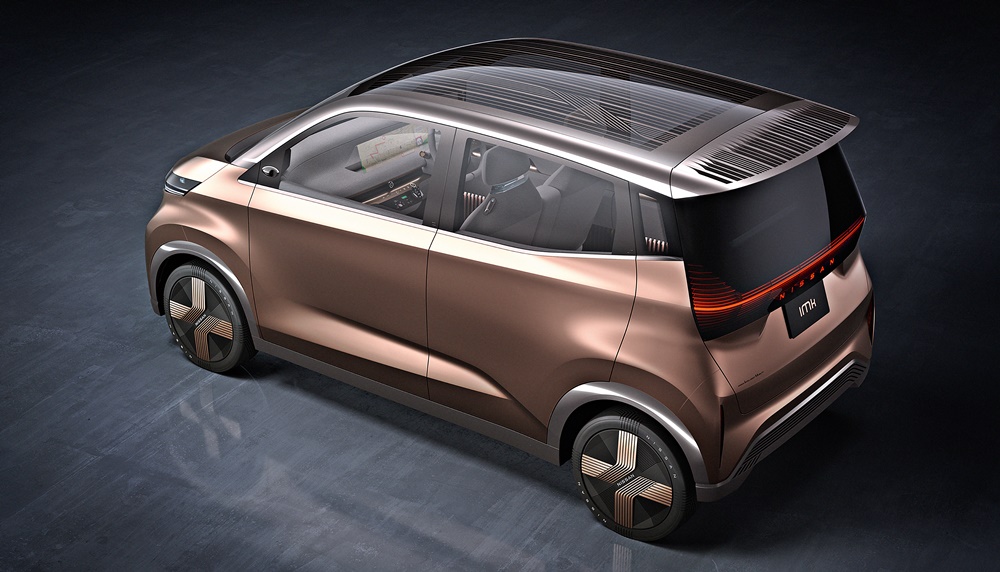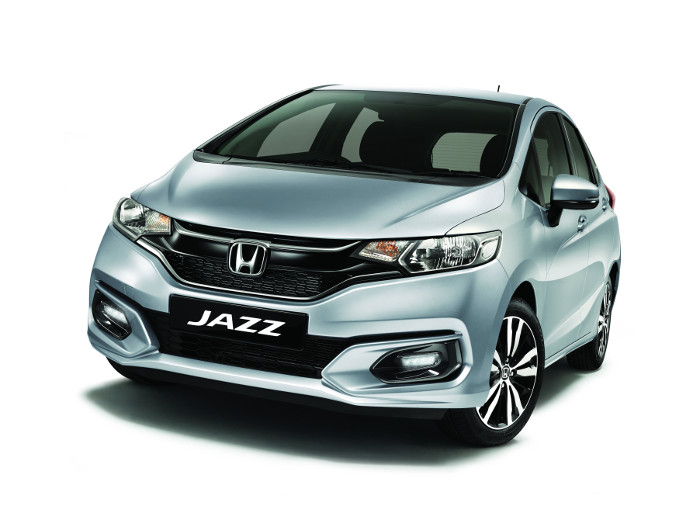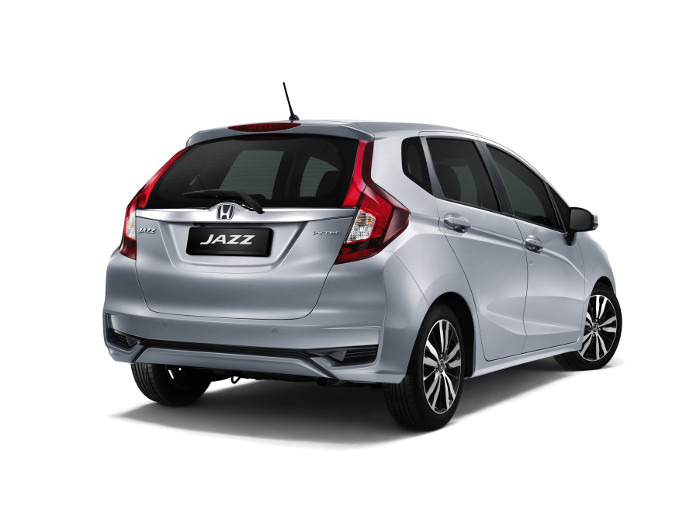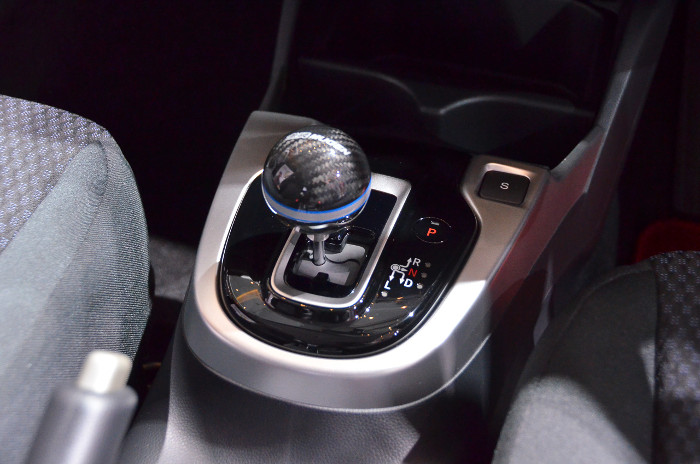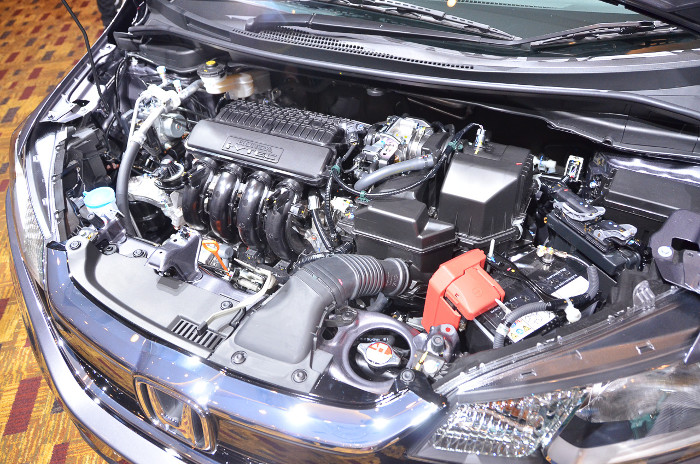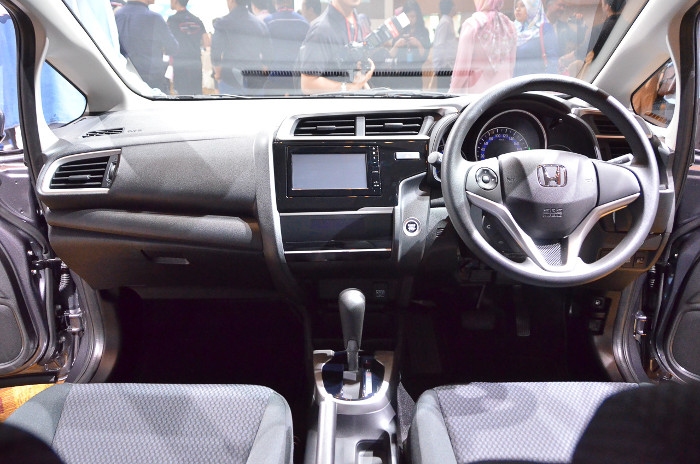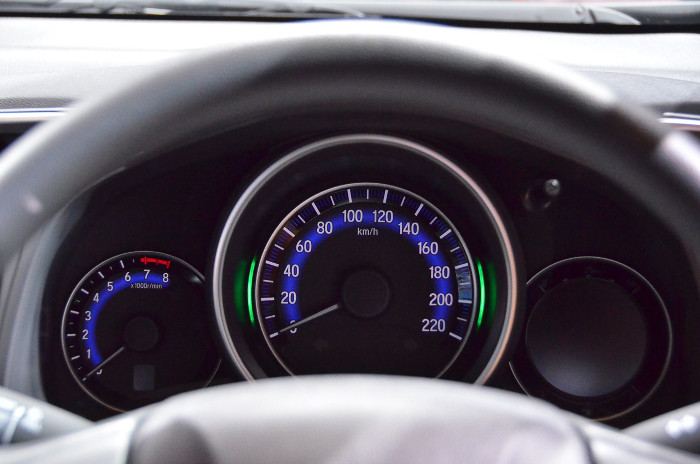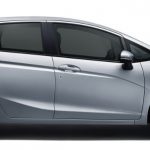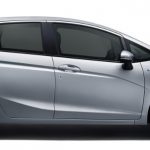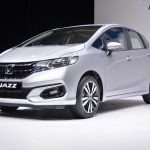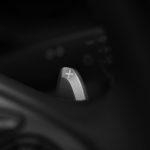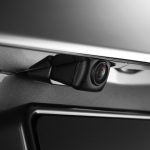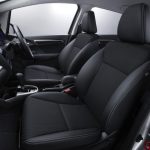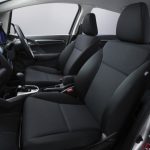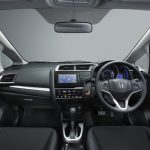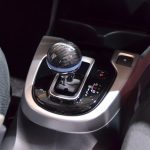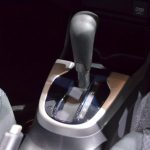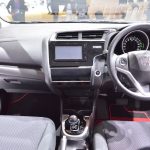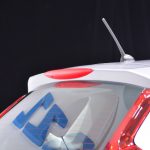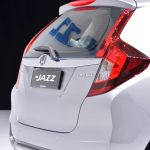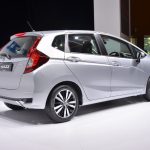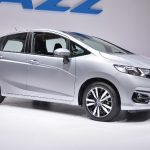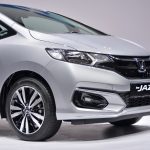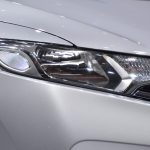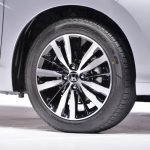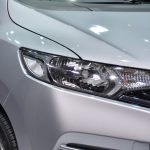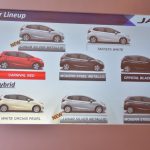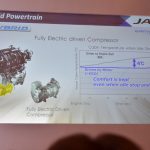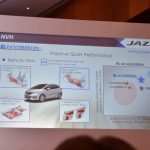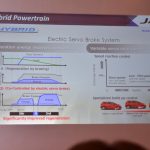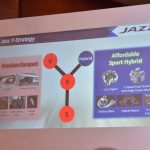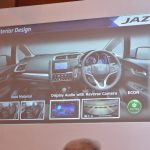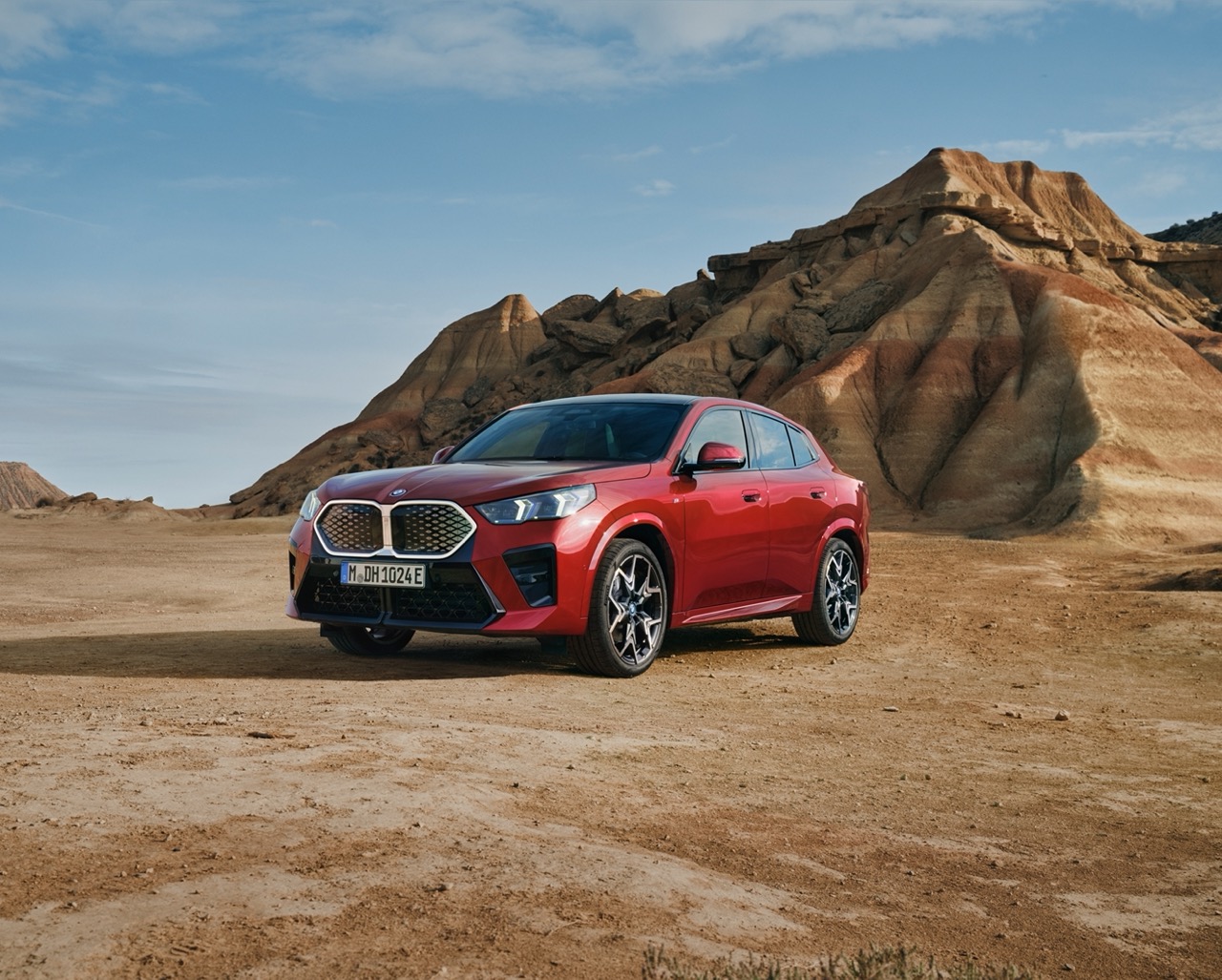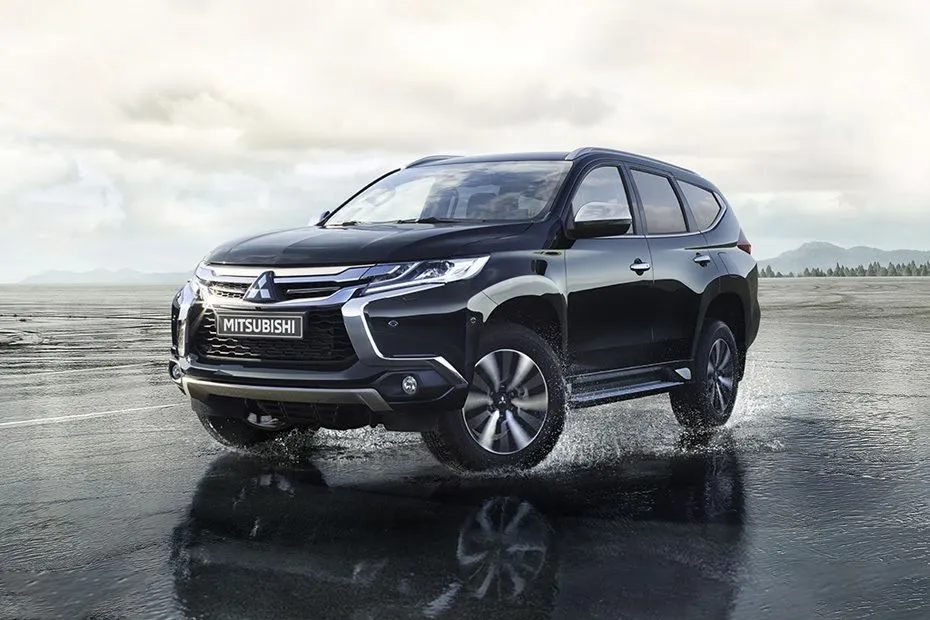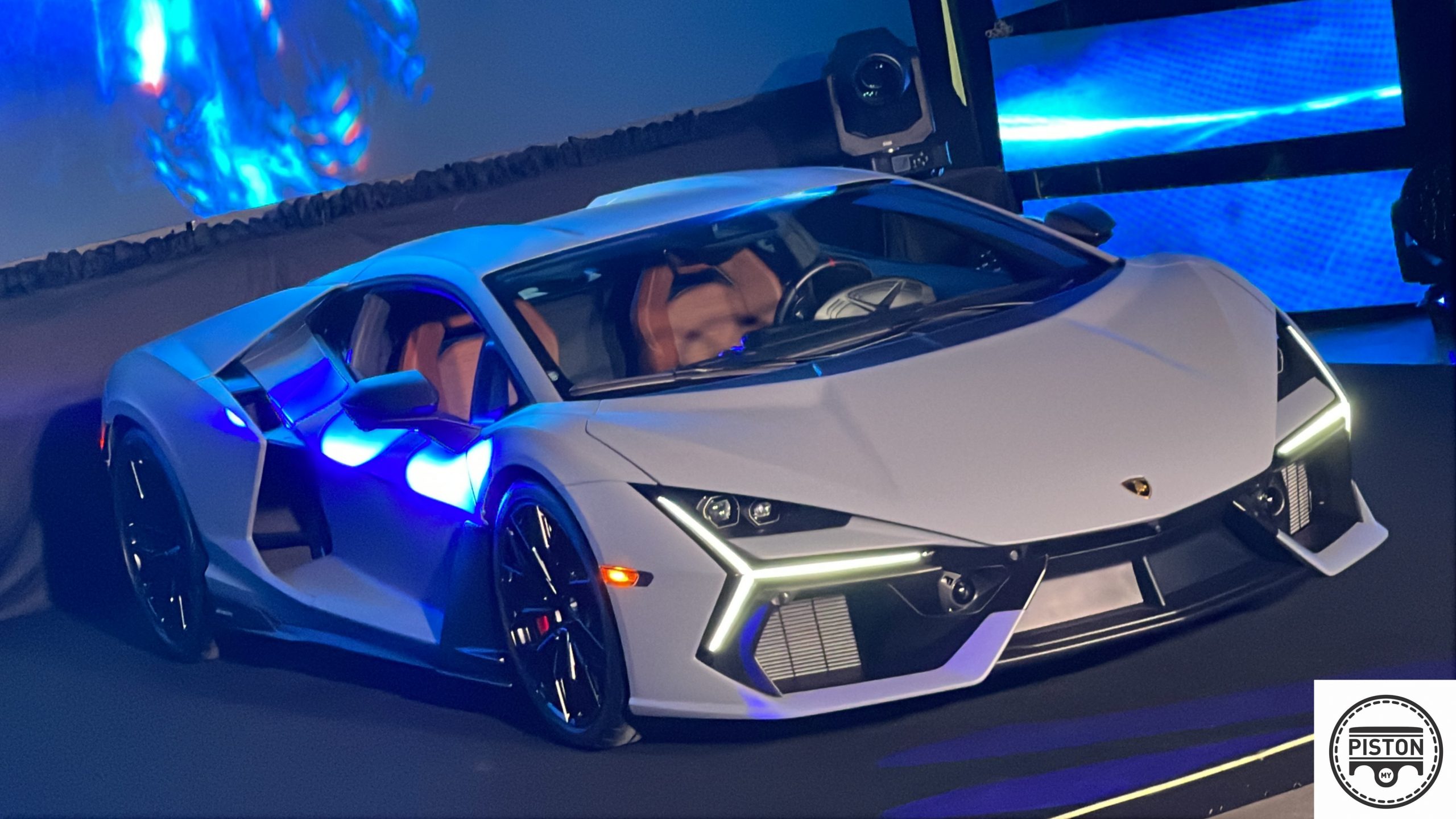Though seemingly a good idea at the start in the 1990s, the original low-cost concept of Nicolas Hayek, creator of the Smart watches, never worked once Mercedes-Benz took over. The engineering costs bumped up the price and it became a niche product that had difficulty meeting ambitious sales targets.
After trying various approaches in the USA, a market it hoped would take to the little car, Mercedes-Benz ended sales there in 2019. It continued to sell the car in Europe and then Geely came into the picture to form a joint-venture and the brand gained a ‘second wind’.
Very quickly, a brand new product was developed with the involvement of Mercedes-Benz design teams who used the Geely’s SEA architecture dedicated to electric vehicles. By 2020, a concept car called the Concept #1 was revealed and this week, the production model has been presented to the world.
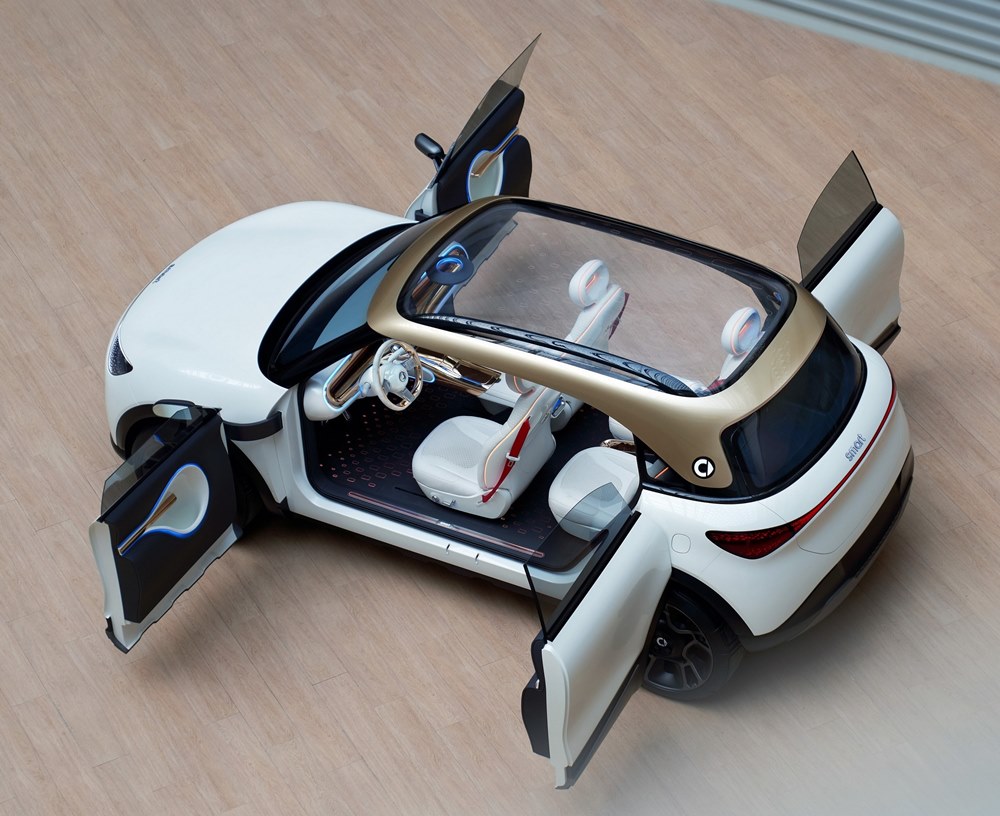
This isn’t smart’s first EV as the brand went fully electric after 2019 but it is an entirely new product, simply called smart #1. While the crossover has blurred the lines between a hatchback and SUV, the smart #1 is presented as a SUV with an overall length of 4270 mm and a width of 1822 mm with a wheelbase that is 2750 mm. That makes it larger than the Proton Iriz and almost the same length as a Saga.
Although there have been smart concept cars that proposed a SUV design, the brand has never sold one so this would be its first SUV. It is, however, considered a city car as well because of its proportions although its weight of 1,820 kgs is certainly much more than city cars of the same size.
The weight largely comes from the NCM (nickel-cobalt-manganese) battery pack which also uses lithium-ion chemistries to store electricity up to a maximum capacity of 66 kWh. The charging system can accept fast-charging up to 150 kW and if that is used, charging time can be 30 minutes (from 10% to 80%), it is claimed. With a more common 22 kW supply, the time needed would be around 3 hours.
The battery pack powers a single rear-mounted electric motor with an output of 200 kW (272 ps) and maximum torque of 343 Nm, available almost from the moment the car moves off. The top speed is claimed to be 180 km/h, pretty fast for a car in this class.
The styling of the #1 is pretty much like that of the concept car with Matrix LEDs under the triangular shapes of each headlight. The headlights form a unique visual signature at the front which stretches right across, and the same feature is also present at the back.
To remove that tiny bit of drag-inducing turbulence that door handles cause, those on the #1 are flush when the car is on the move, extending only when needed to open the doors. It’s a feature usually found in higher-end cars, reflecting the premium positioning of the #1.
Thanks to a high footprint-to-space ratio with the long wheelbase, the interior is more spacious than would be expected with the compact exterior. The floating centre console provides better space efficiency with a reduction of elements creating a more open environment. To enhance this sense of spaciousness is a panoramic halo glass roof, one of the features on the concept car. The rear seats have a variable position over 13 cm and behind them is a variable boot space.
As with many of the latest cars, the displays are digi-graphic with a 9.2-inch panel in front of the driver (supplemented by a head-up display), and a 12.8-inch touchscreen on the dashboard. The ambient lighting can be customized with mix of 64 colours and 20 illumination levels, setting just the right mood for a drive.
The premium audio system has Beats high-end sound technology and consists of an amplifier module and 13 speakers (including a sub-woofer). The driver can enable digital key sharing through the smart app which also allows for remote engine starting.
There will be a ‘Launch Edition’ of the car with exclusive trim. Production will be at a joint-venture factory in China, starting in the second half of 2022. Exports are expected to start towards the end of the year so Proton Edar, which has been appointed distributor for Malaysia and Thailand, should be launching the car in early 2023. As it is a joint development between Geely and Mercedes-Benz, it is unlikely that it will become a Proton-badged model but by selling it, Proton would gain insights and experience into EVs which it will be producing and selling towards the end of this decade.


